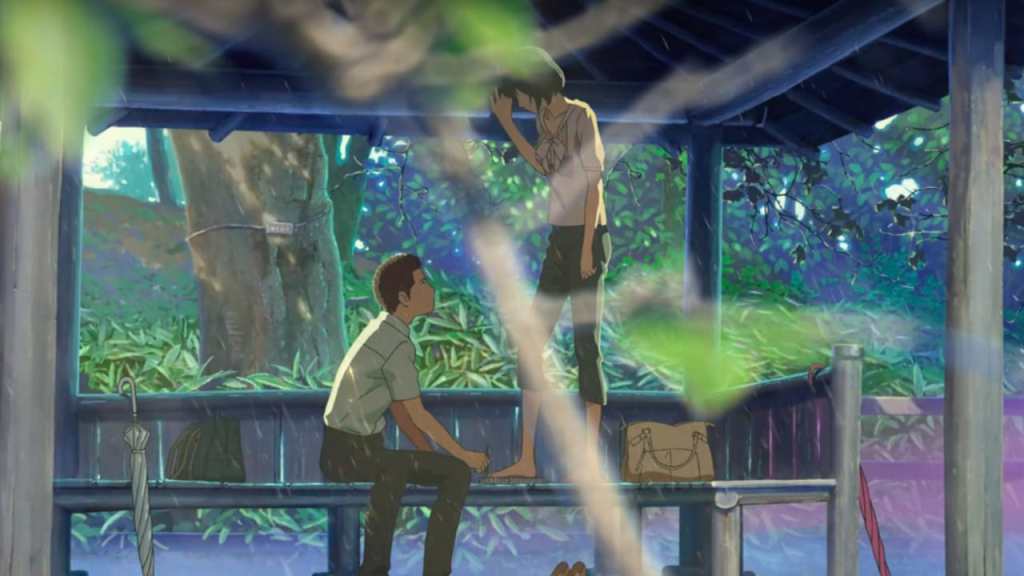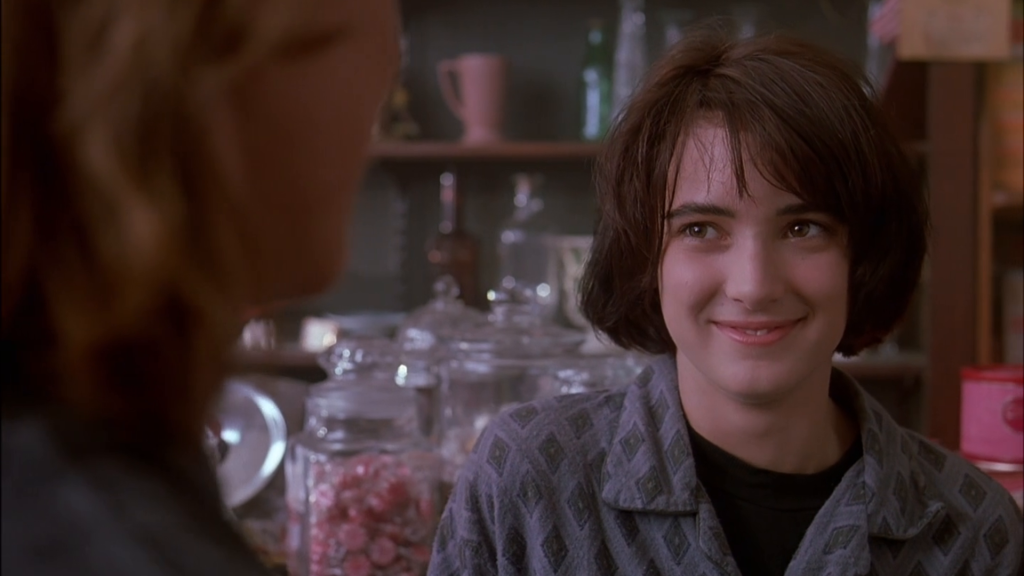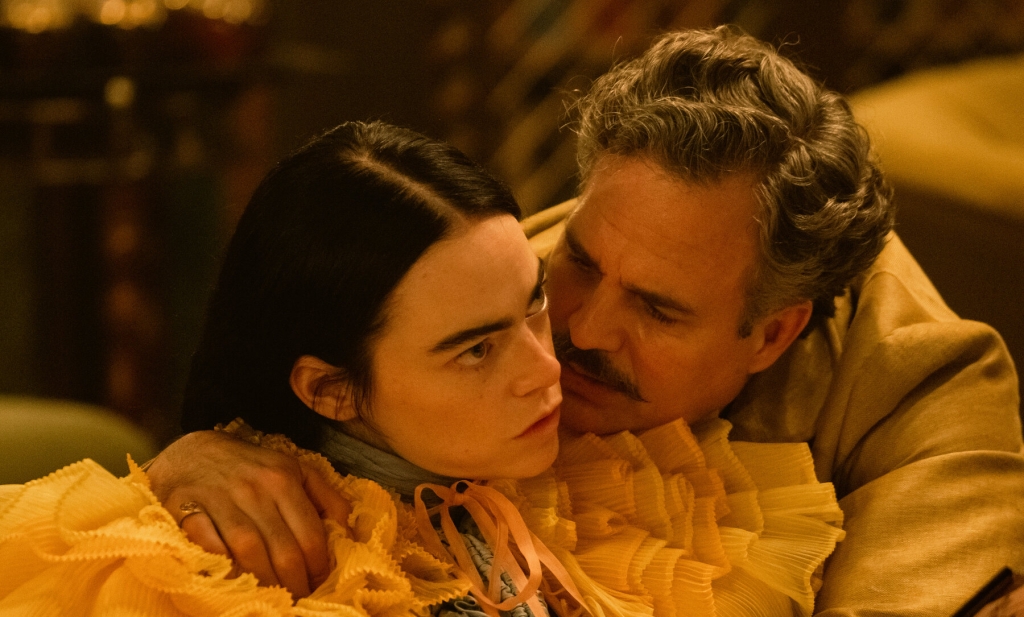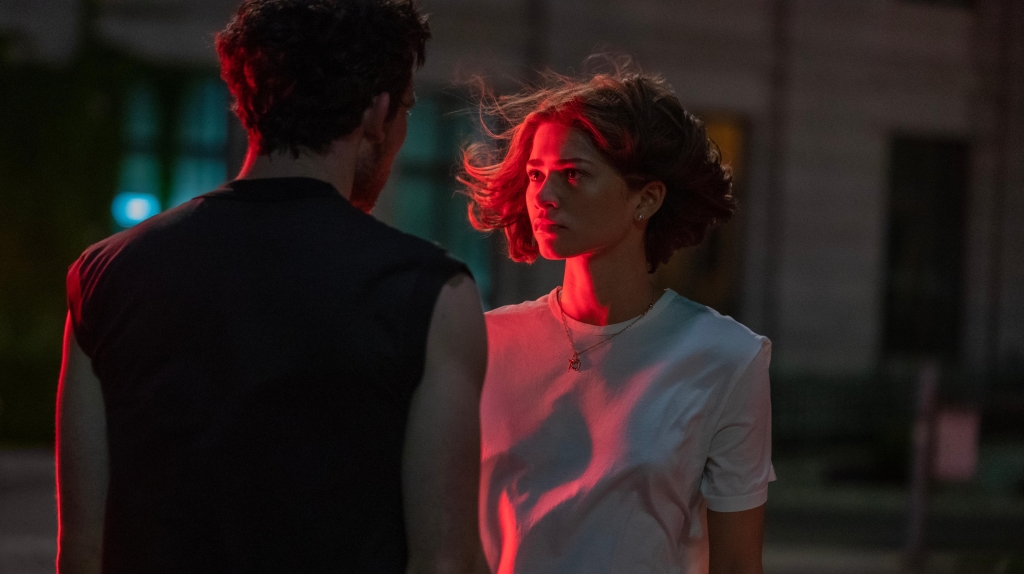 Mira Killian (Scarlett Johansson) is a world-first cyborg working for a near-future anti-terrorism unit. When a mysterious hacker (Michael Carmen-Pitt) launches a series of murderous attacks on the robotics corporation that made her, Killian’s investigation leads her to question her own origins and the motives of the robotics CEO Cutter (Peter Ferdinando).
Mira Killian (Scarlett Johansson) is a world-first cyborg working for a near-future anti-terrorism unit. When a mysterious hacker (Michael Carmen-Pitt) launches a series of murderous attacks on the robotics corporation that made her, Killian’s investigation leads her to question her own origins and the motives of the robotics CEO Cutter (Peter Ferdinando).
Ghost in the Shell, from director Rupert Sanders, is a live-action American adaptation of the enormously popular Japanese manga (by Masamune Shirow) and anime feature (directed by Mamoru Oshii). It was released into cinemas earlier this year on the back of extensive studio marketing, a generally indifferent viewing audience, and a moderately-sized firestorm of online protest. Why the protests? We can get to that. Why the general indifference? Well, there are a few reasons. One of the key ones being that Ghost in the Shell is, when all is said and done, not particularly good.
Another is that cyberpunk, that very 1980s genre of neon-lit rainy streets, body modification and cyberspace, has never successfully engaged a screen audience in full. The 1990s was littered with the wreckage of Hackers, Johnny Mnemonic, Strange Days and the like. People may worship Blade Runner today, but in 1982 it under-performed terribly when pitted against Spielberg’s E.T. It was only really The Matrix that pulled off mainstream success, and that was partly by minimising its science fiction aspects in favour of Hong Kong-style martial arts and imagery inspired – somewhat ironically – by Oshii’s Ghost in the Shell.
The lifting of imagery and elements from Ghost in the Shell in The Matrix causes this official adaptation no end of problems, since after finally reaching the screen more than 20 years after the anime did all of its visual tricks feel dated and repetitive. The architecture of the film screams Blade Runner, and the action screams of the Wachowskis. Sanders tries to overcome the former by simply covering everything in more neon – so much so that the entire picture feels overly busy in most scenes. He does not have a solution for the latter. It simply all feels two decades out of date.
The story feels murky and confused. Characters talk in hushed whispers soaked in gravitas. They explain a lot over the course of the film, but weirdly it is only things that were readily apparent with which to begin. In a story about a woman whose brain has been removed from her dying body and inserted into a robotic simulacra, the meaning behind the phrase ‘ghost in the shell’ is perfectly obvious to anybody. The film still explains the meaning about three or four times, while failing to tell a clear and coherent narrative. This is Sanders’ second feature after the pretty but vacuous Snow White and the Huntsman; between the two of them I am fairly convinced he does not know how stories work.
Scarlett Johanssen gives the lead role of the Major her best shot, but she’s clearly being directed to act cool and emotionless at all times. That simply makes her look wooden. The supporting cast are generally perfunctory; neither good nor bad. Japanese multi-hyphenate Takeshi Kitano has a key role as the Major’s supervisor. How depressing it must be to be enticed onto an American production two times, and both times finding oneself co-starring in an underwhelming cyberpunk movie. He deserves better, particularly given his cold, deadpan style gives his scenes an authority and atmosphere they do not earn. Kitano speaks Japanese throughout the film, which is a fair enough concession given that he does not speak much English. Everyone who talks back speaks English. That feels weird and awkward.
I strongly suspect Kitano was cast not for his specific talents but to provide the film with some vague cultural cache; he is a cursory nod towards Japan rather than a proper and dignified exploration or celebration of the culture and context that inspired Ghost in the Shell in the first place. This is a film that fetishises Japanese culture and identity. Murderous robots are styled like geisha. Japanese imagery is all over signage on the street and massive holographic billboards in the air. At the same time it renders actual Japanese people all but invisible. It appreciates the culture enough to steal it, but not enough to give it its own voice. Sanders steals the anime’s aesthetic to look cool, but does not ever bother to interrogate its purpose. Oshii styled his future city after Kowloon because he felt it was the most evocative expression of a cramped island city: too many people packed too closely together with too much culture. Sanders styles it that way because that is what Oshii did. Thankfully he reserves the use of the original film’s score, which was performed with traditional Japanese instruments, for the closing credits only. To use it throughout the film would seem yet another act of cultural pilfering.
To its credit the film includes a visibly multi-racial cast, particularly within the Section 9 police unit within which the Major works. Sadly almost the entire team is sidelined in favour of one or two white leads. As with Kitano’s casting, it feels like a token effort.
The most controversial aspect of the film upon release was the revelation that the Major did not look like Scarlett Johanssen when her brain was removed from her body. Struggling to regain erased memories, the Major eventually discovers that she is a Japanese woman named Motoko Kusanagi. When Johanssen’s casting was originally announced, there was a fair amount of commentary about white-washing. It was a casting with which I never had an issue, since I had no problem with an American woman playing the lead in an American film. When combined with the wholesale theft of Japanese iconography, however, it feels like just another cheap trick. There is huge potential in this plot twist: one that opens up strong, emotive issues of race, identity and cultural assumptions. Taken in isolation it is one of the cleverest ideas I have seen expressed in an American science fiction feature. In context, however, it feels like a weirdly strained excuse to keep a Japanese protagonist but cast Scarlett Johanssen at the same time.
Ghost in the Shell is a collection of bad mistakes and ignorant assumptions all tied together and then filmed for $110 million dollars. It does have some merit. Some of the individual shots are beautifully composed. The lead actors are perfectly watchable. Everything else, however, feels like a textbook on how not to adapt a foreign text for the screen. Before Ghost in the Shell debuted in cinemas, there was a lot of talk of rival studio Warner Bros producing a live-action Akira. With Ghost in the Shell‘s commercial failure, that talk has – for the moment – ceased. Why do I suspect that is possibly the best result to get from this film?





Leave a comment